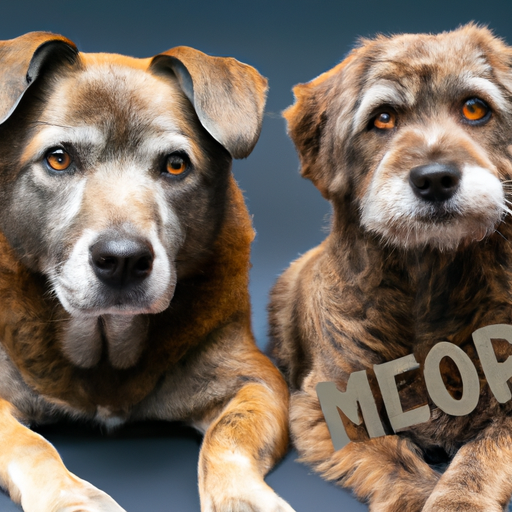As a caregiver, you understand that aging is a natural process, an inevitable part of life that not only affects humans but our beloved canine companions as well. One of the most visible signs of aging in dogs is the graying of their hair. But at what age does this happen?
Understanding Dog Aging
Before we delve into the specifics, it’s critical to understand how dogs age. Unlike humans, the aging process in dogs varies greatly depending on several factors:
- Breed: Larger breeds tend to age faster than smaller breeds.
- Size: Smaller dogs generally live longer than larger dogs and, therefore, age more slowly.
- Genetics: Certain breeds are predisposed to aging faster due to genetic traits.
| Size | Average Lifespan |
|---|---|
| Small Dogs | 10-15 years |
| Medium Dogs | 10-13 years |
| Large Dogs | 8-12 years |
When Do Dogs Start to Get Gray Hair?
Generally, dogs start to get gray hair as they enter their senior years, around 7 to 10 years old. However, this can vary significantly based on the factors mentioned above. Some dogs may start graying as early as 5 years old, particularly in breeds known for early graying like the Weimaraner.
What Causes Graying in Dogs?
When your dog begins to gray, it’s a result of a decrease in melanin production. Melanin is the pigment responsible for the color of your dog’s hair. As they age, the melanin-producing cells slow down, leading to the graying effect we often see. Other factors can contribute to graying, such as:
- High levels of stress
- Certain health conditions
- Genetics
How to Care for Your Aging Dog
As your dog ages and graying begins, they may require additional care and attention. Here are some tips on how to care for your aging dog:
- Monitor Their Diet: Older dogs may require a diet with less fat and more fiber. Some may need supplements to support joint health. Always consult with your vet regarding dietary changes.
- Regular Exercise: Keeping your dog active can help maintain their overall health and slow down the aging process.
- Regular Vet Checkups: Regular vet visits can help catch any potential health issues early.
Graying Hair vs. Health Issues
While graying is a normal part of aging in dogs, it’s essential to be able to differentiate between natural aging and potential health issues. If your dog is graying prematurely or you notice sudden changes in their behavior or overall health, it’s crucial to consult with a vet.
FAQ
1. Is graying in dogs a sign of any health issue?
Graying is a natural part of aging in dogs and usually isn’t a cause for concern. However, if your dog is graying prematurely or showing other signs of health issues, it’s best to consult with a vet.
2. Can stress cause my dog to gray earlier?
Yes, high stress levels can contribute to premature graying in dogs.
3. How can I prevent my dog from getting gray hair?
While you can’t prevent the natural aging process, maintaining a healthy diet, regular exercise, and routine vet checkups can help keep your dog healthy as they age.
4. What other signs of aging should I look out for in my dog?
Other signs of aging in dogs include decreased activity, weight gain or loss, difficulty hearing or seeing, changes in urination or defecation habits, and increased anxiety or other behavior changes.
5. Should I change my dog’s diet when they start to gray?
As dogs age, their dietary needs can change. It’s best to consult with your vet to determine the best diet for your aging dog.



